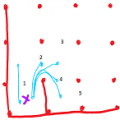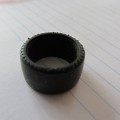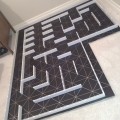Micromouse Sensor Design
Selecting the best micromouse sensor design is a study in electronics, physics, geometry, maths and coding. Here I will look at some of the design considerations for the sensors in the next iteration of my micromouse. Zeetah V and VI use triangulation sensors pioneered by David Otten. These sensors consist…



